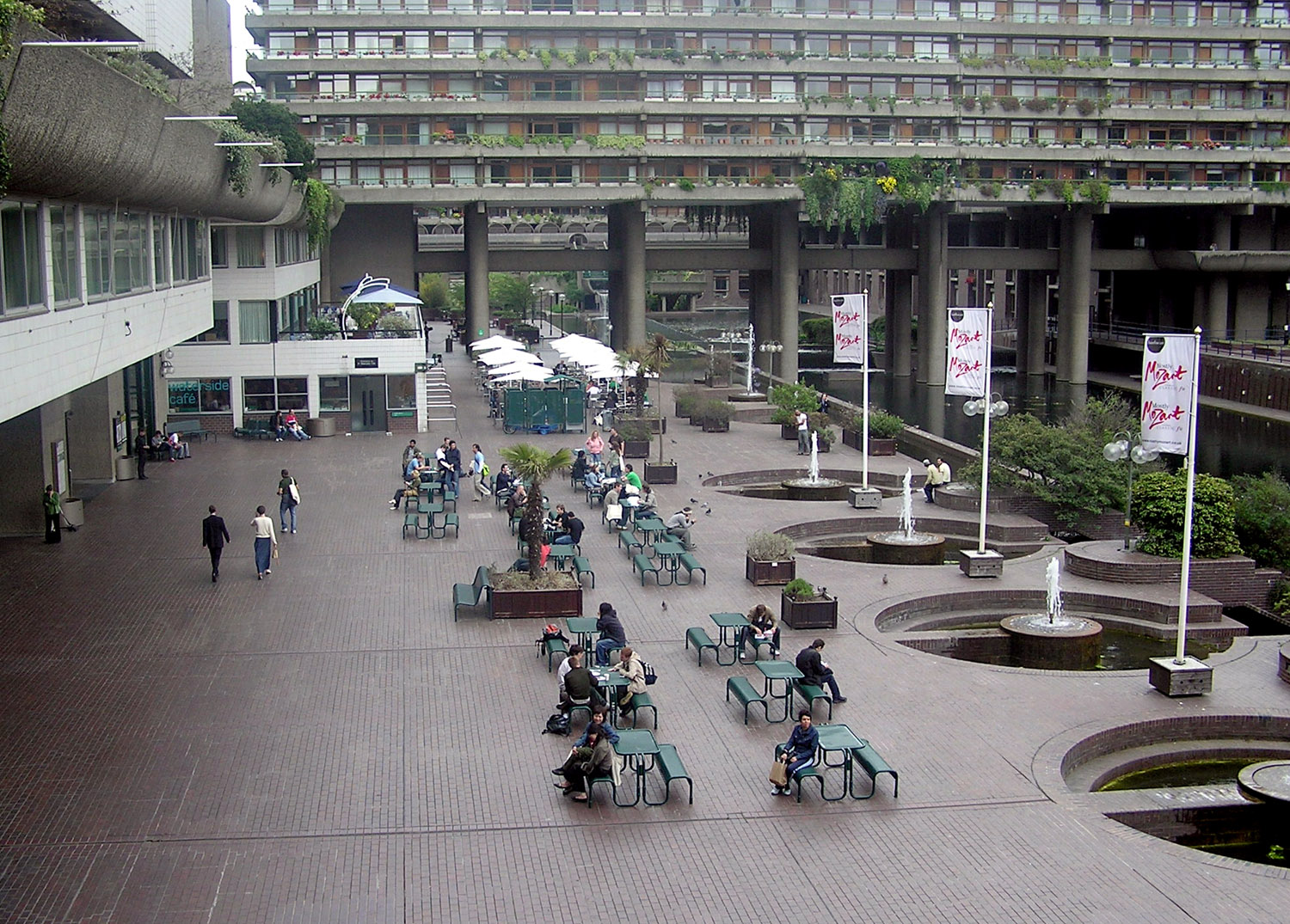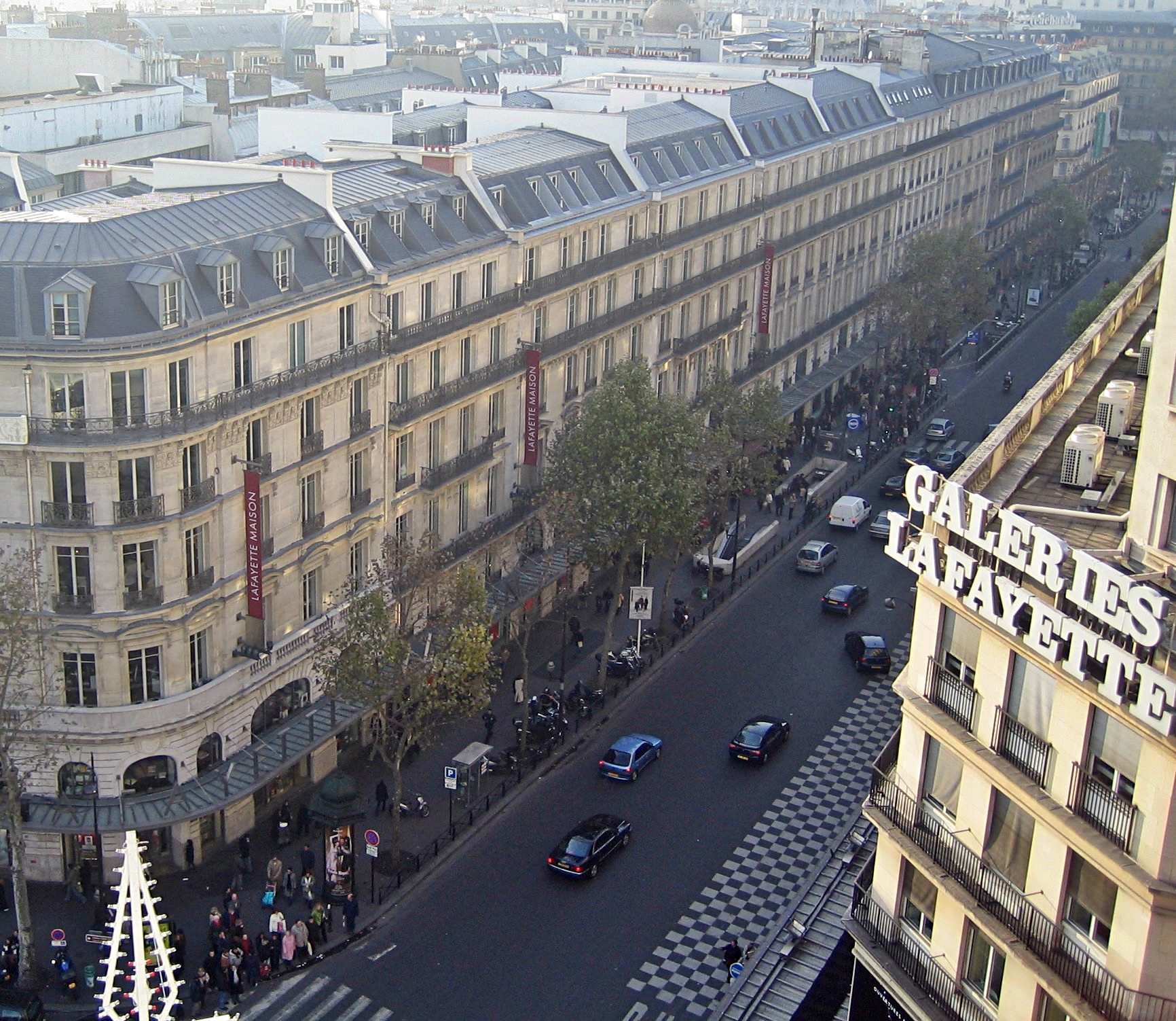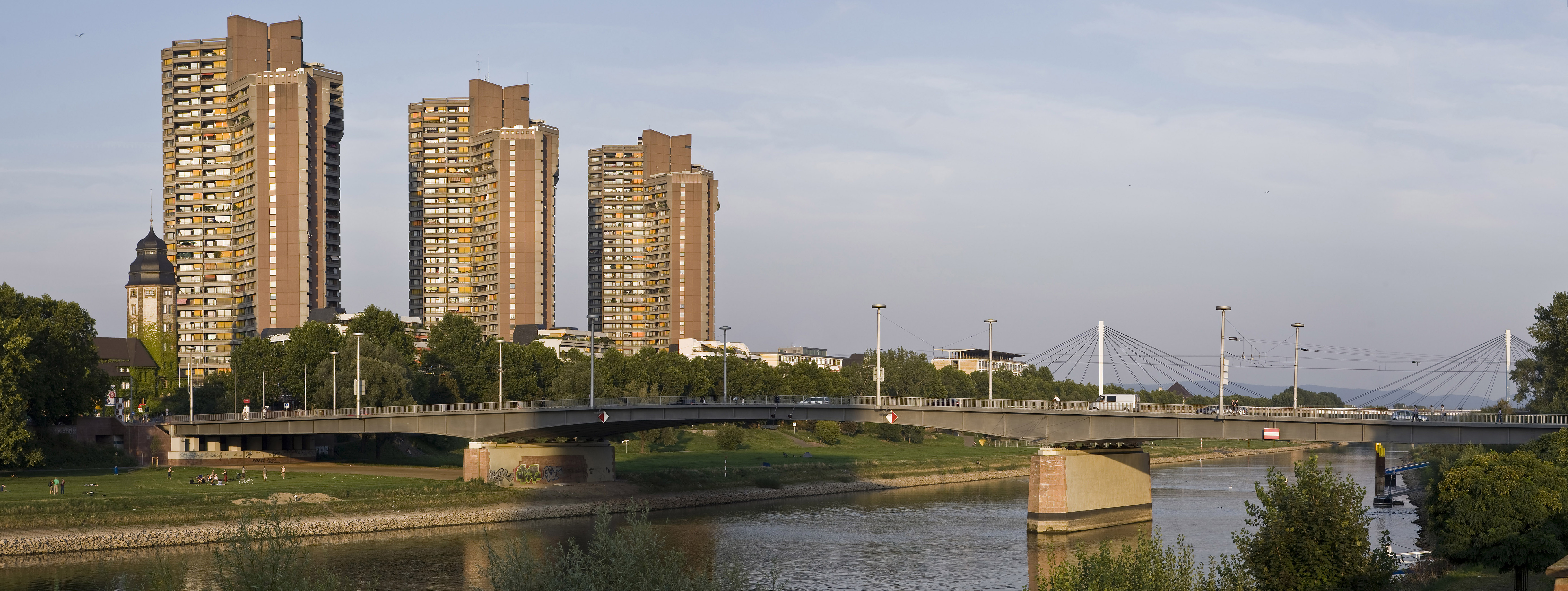Heritage - the Way, or in the way?
Heritage - a word that is both empowering and immobilising. To this day, many people see it as a source of pride, something that tells them where they belong, especially for those who are unwilling or unable to find their own place in this admittedly chaotic world. It is a term that has been used or abused to justify just about anything, from colourful parades through southern Bavarian towns at certain times of the year, to keeping Catholic Irish from voting in Northern Ireland and brutally enforcing segregation in the Deep South of the United States.
While that may be a topic all of its own, I'm not planning to go down that road just yet. Instead I'll concentrate on an issue that is just as contentious as anything I mentioned in the opening paragraph - The way we treat the architectural heritage in our modern cities. Quite a u-turn, eh? Well, the issue itself isn't new, in fact it has been present ever since the first large scale urban redevelopment took place following the Great Fire of London. How the hell do you deal with buildings that a significantly older than their surroundings, or that stand in the way of large new building projects. Well, the architects in charge of rebuilding London, just as their colleagues responsible for rebuilding Lisbon after the devastating earthquake and tsunami of 1752, and even the masterminds behind the Hausmanian reconstruction of Paris in the 1800s had only one answer: Tear. It. Down!
It makes sense, especially in the first two cases, as large parts of the population were displaced and had to be resettled quickly. As for Paris, well, French governments have hardly been known to have much respect for the ordinary citizen. And even though such an approach would never get of the ground today, many cities, especially in the UK and the continental European and Asian belligerents of World War 2 took a similar approach immediately after the war. Not that there was much left to rebuild, anyway, RAF Bomber Command and the US Army Air Force had seen to that. This led to many beautiful medieval city centres disappearing beneath nondescript apartment or office blocks for which boring could often be considered a compliment. Over the following decades, this changed. Make no mistake, there were still scores of drab, unoriginal buildings going up, however, there were also increasingly bold and adventurous designs, such as the Barbican in London or the massive "Neckaruferbebauung Nord" complex in Mannheim, both wonderful examples of my favourite architectural style, Brutalism.
 |
| Even now, the Barbican Estate in London is still an impressive and futuristic complex, if you ask me. |
However, as the 20th century drew to a close, these bold designs began to fall out of favour. Suddenly, instead of being bold and forward looking, many architectural designs began to regress to 1950s style designs, or even began to imitate medieval architecture in Europe, and especially in Germany. And even those buildings that were still post modernist seemed to become timid, shying away from daring shapes or designs. Bizarrely, this trend towards the small, meek, stretched even into conservation, with nondescript farmhouses ending up as listed buildings, while genuinely interesting industrial buildings from the 19th century, such as old roundhouses, or factories were torn down without second thoughts.
Why all this focus on heritage, and conserving sometimes ancient structures? To be honest, it has been bugging me for quite some time, and not only, because two of these ancient structures come to visit me regularly here in Ireland, although I hope that THAT particular state of affairs lasts for a few more decades.
The final trigger was however the plan to tear down the 1970s era Technisches Rathaus in the inner city of Frankfurt. The complex, once again an unabashedly brutalist design had been built in what used to be the historic core of Frankfurt. It had long housed a significant part of the administration of the city of Frankfurt, and, to be fair, it had been a controversial structure from the start. However, despite it being smack dab in the center of Frankfurt’s historic center, it wasn’t actually in the middle of a particularly historic ensemble, with many of the surrounding buildings being 1950s era shoeboxes with about as much creativity as put to show by a whitewashed wall. The technical city hall was the first building in that area that actually harked towards the future. Yet, in 2008, it was decided to tear it down and replace it with a reconstruction of the pre-WW2 buildings that stood there. However, these buildings, while resembling their predecessors from the outside, will be built according to modern standards, as you can see on the project website, and be about as accurate historically as Cinderella’s Castle in Disneyland.
More recently, a similar controversy has popped up much closer to home, namely here in Cork. For the last eight years, the Capitol Cineplex has lain dormant on Cork’s Grand Parade, slowly deteriorating, while the neighbouring Central Shoe Store hasn’t done much better. A redevelopment of the site was, and is, sorely needed, and, as I reported in an earlier post on this blog, Cork based John Cleary Developments hast taken on that job, planning to replace the current unsightly ensemble with a high quality retail and office development known as the Capitol. The design looks marvellous in my eyes, modern, while at the same time harking back to Cork’s roots as a mercantile city, and respecting its neighbouring buildings. So a win-win situation that couldn’t possibly be the cause of contention, right?
Wrong!
An Taisce, the National Trust, is the custodian of Ireland’s national heritage, and the body responsible for preserving listed buildings in Ireland. Following a decision of an Bord Pleanála, Ireland’s national appeals board, to give the go ahead for the Capitol development, an Taisce immediately went back to appeal against that decision, and the project us currently in limbo. The bone of contention? The former Central Shoe Store building, which apparently is part of the original streetscape of Grand Parade. An Taisce wants this façade to be kept completely unchanged, which is of course completely unrealistic, not least because the structure is in an appalling condition.
 |
| Okay, now please tell me: WHAT is worth preserving here? |
Now, don’t get me wrong, I believe that we need to keep our architectural heritage intact. However, cities are not static bodies. They evolve, like society itself keeps evolving. You cannot simply stop the development of a city on heritage reasons, or you’ll end up with an empty hull, a pale imitation of its former glory, maybe stuffed with souvenir shops, but ultimately as empty and lifeless as the ruins of Pompeij or Herculaneum.
Similarly, you cannot simply tear down buildings that you don’t like and simply restore an earlier state. A city is not a computer hard drive, you cannot simply go for a backup that suits you and install that. Even controversial buildings, like Frankfurt’s Technical City Hall, like that monster complex in Mannheim, become part of a city’s heritage the moment they are completed. Tearing buildings like this down to replace them with a modern imitation of what used to be there is nothing short of self deception on a very large scale. The past is past, it is a memory to be cherished, but not something to live in.
The approach to conservation needs to change, both in Ireland, and throughout Europe. The age of a building cannot, and should not be the only factor when it comes to conversation, as is so often the case today. Neither should buildings be conserved just because they follow a certain style. Both the state of the building, and the details of what will replace it, need to be considered much more than they are today. And, last but not least, we need to grasp the fact that modern buildings, buildings from the 1960s and 1970s, even those built in the much maligned brutalist style, are also part of our heritage, and cannot simply be wiped away.







Comments
Post a Comment